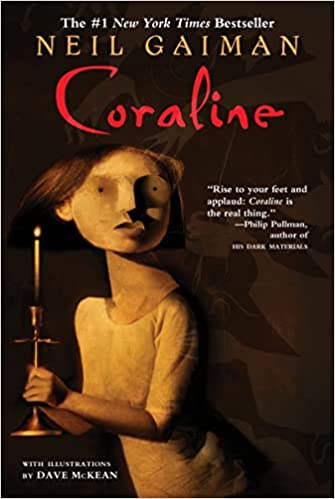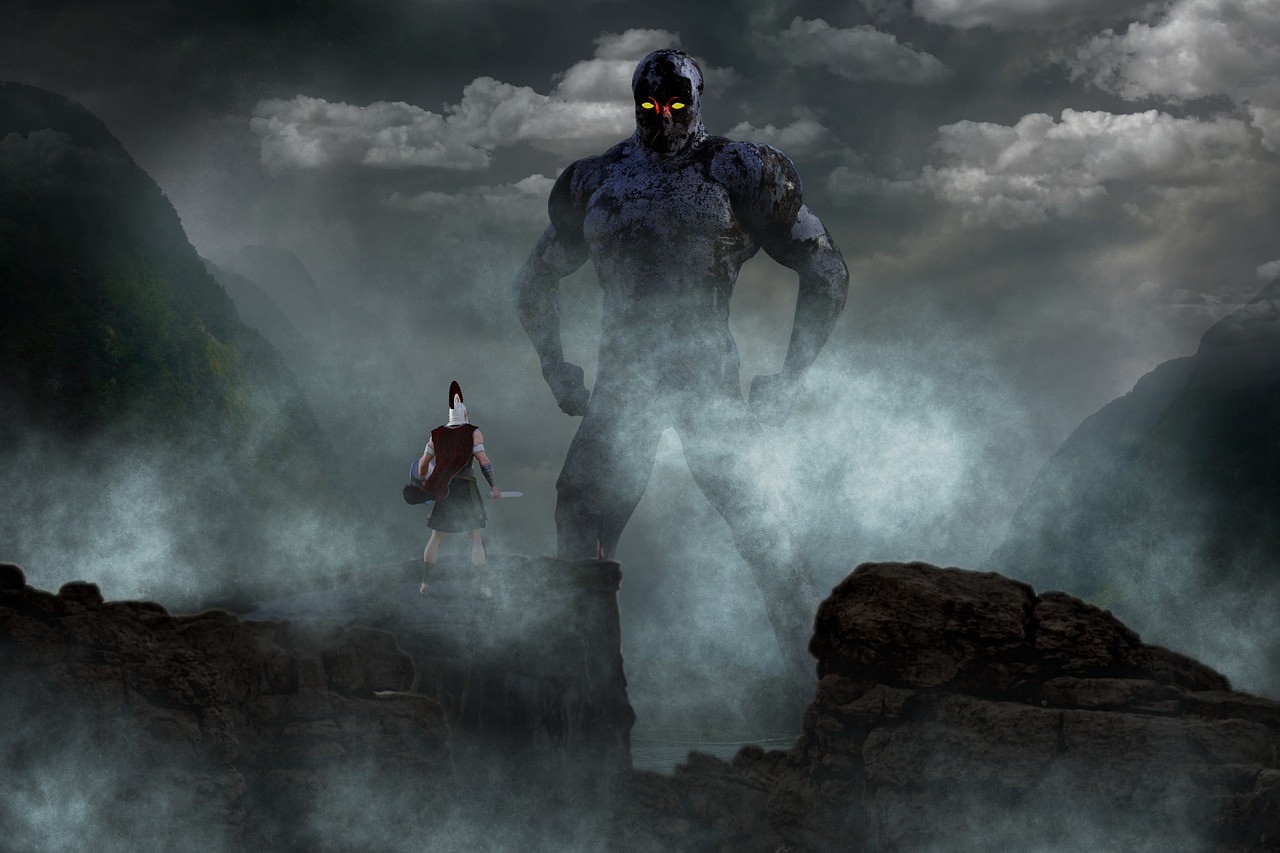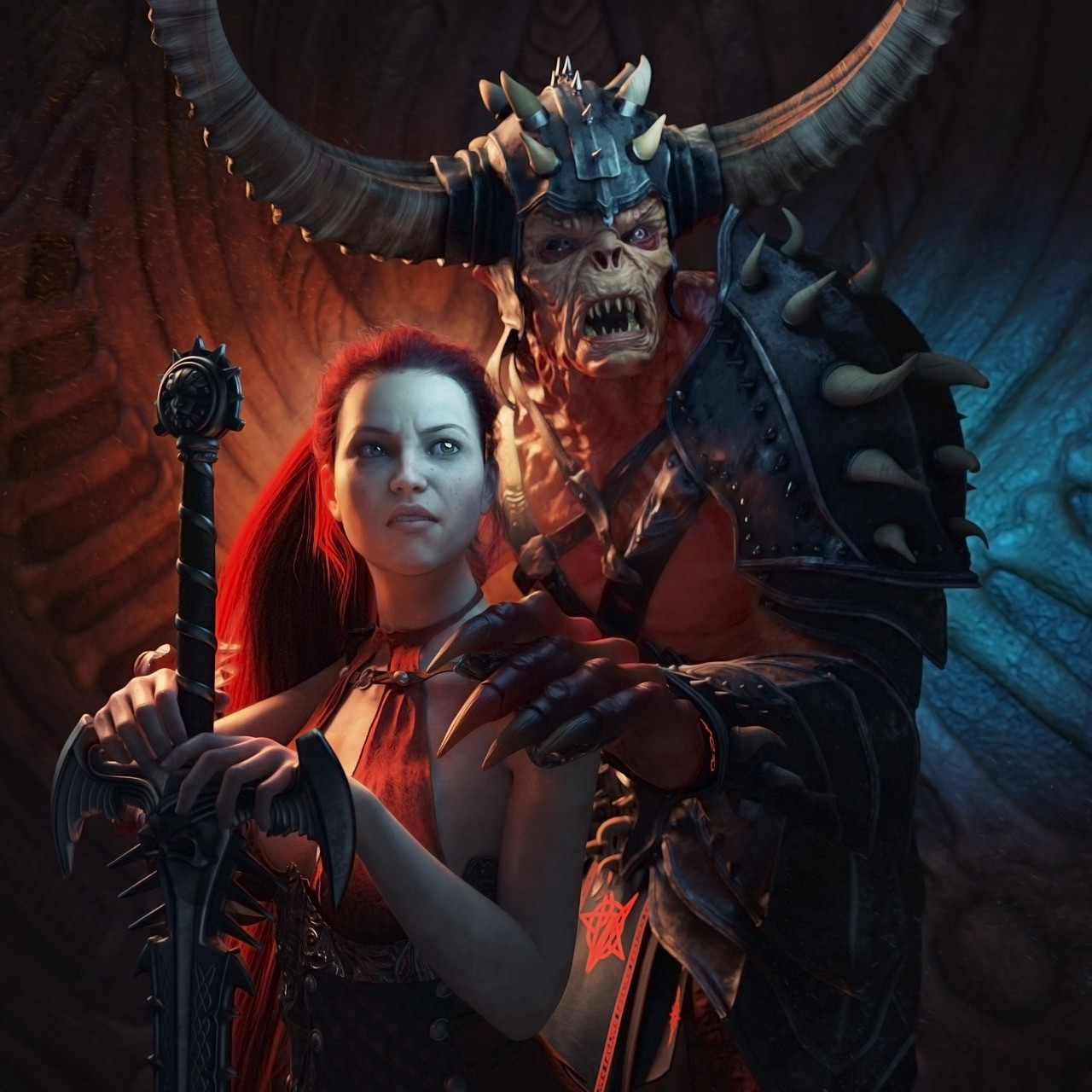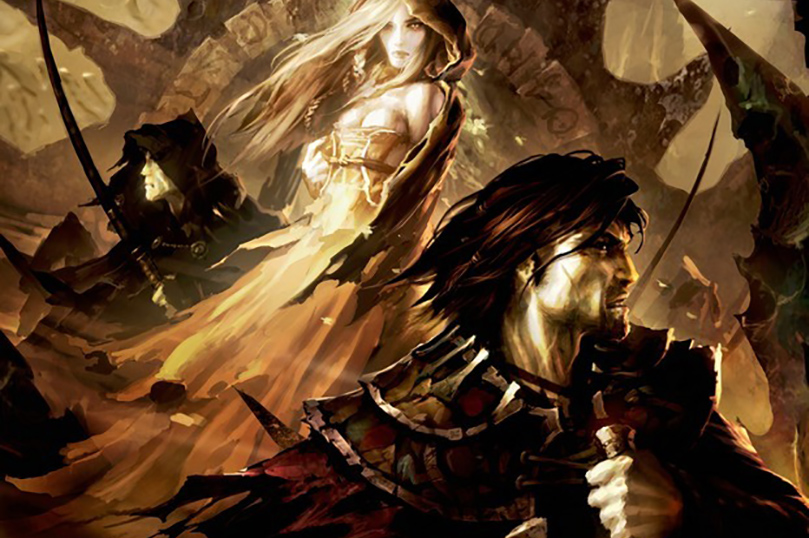
To my teenage self growing up, there was no more enjoyable book series than the Lord of the Rings by J.R.R. Tolkien. Epic fantasy at its greatest, the stories had everything you might wish for in a grand tale. It had mysterious magic artifacts, and wizards both potent and relatable. It had monsters like humans and human-like monsters. It had a millennium spanning conflict between ultimate good and ultimate evil. It had it all.
As I have gottent older, however, I have come to realize how many important lessons on life hide within the pages of Tolkien’s masterpiece. To me, no character is a source of wisdom more than Samwise Gamgee (arguably the ultimate hero of the three books). Four lessons from the book stand out to me in particular.
1. Appreciate The Small Things
“Po-ta-toes! boil them, smash them, stick them in a stew. Lovely big golden chips with a nice piece of fried fish.” — Samwise Gamgee, The Two Towers
In the middle of their journey to Mordor to destroy the One Ring, our heroes stop to make a meal. Smeagol (Gollum) brings rabbits, while Samwise wishes for some potatoes. No wish for a feast fit for kings. Just potatoes. Samwise appreciates the small things. This, I feel, is an important lesson in this age of ‘Buy More, Feel More.’ Where it seems like every advertisement, tv show, or social media account invariably tries to sell you something. Though having things is nice, sometimes its even nicer not to feel concern over what you have yet to own, or to feel concern that your lack of things makes you inadequate or inferior. Better to frame yourself as lucky and blessed for having the things you do possess. If you feel contentment for what you have, everything else is gravy.
2. Being There For People
“Come, Mr. Frodo!” he cried. “I can’t carry it for you, but I can carry you.” — Samwise Gamgee, The Return of the King
In the struggle to make the rest of the way to the fires of Mt. Doom, Frodo says he is unable to go on due to the weight of the ring. When Samwise is unable to relieve Frodo of this burden, he resolves to carry Frodo himself to their goal. In my life I have had family, friends, and students who have faced difficulties. Often these were things I was unable to directly assist with. Family members had to make their own way to overcome their problems. Friends had to decide the directions their life was going to progress. Students had to exert the effort to get the grades they said they wanted. Samwise had the right approach though. Just because you can’t carry someones burdens doesn’t mean you can’t be there to help them get to where they want to go. Sometimes a helping hand or a kind word are all that is needed to make all the difference in someone’s life.
3. Making Our Own Life Decisions
Already the Ring tempted him, gnawing at his will and reason. Wild fantasies arose in his mind; and he saw Samwise the Strong, Hero of the Age, striding with a flaming sword across the darkened land, and armies flocking to his call as he marched to the overthrow of Barad-dur. And then all the clouds rolled away, and the white sun shone, and at his command the vale of Gorgoroth became a garden of flowers and trees and brought forth fruit. He had only to put on the Ring and claim it for his own, and all this could be. In that hour of trial it was his love of his master that helped most to hold him firm; but also deep down in him lived still unconquered his plain hobbit-sense: he knew in the core of his heart that he was not large enough to bear such a burden, even if such visions were not a mere cheat to betray him. The one small garden of a free gardener was all his need and due, not a garden swollen to a realm; his own hands to use, not the hands of others to command. — J.R.R Tolkien in The Return of the King
There is a point in The Return of the King that Samwise is tempted by the ring directly with visions of himself becoming a great and powerful ruler with multitudes at his command that he might bring about a greener, more peaceful world. Rather than cave to the desires of the ring, Samwise reaffirms his commitment to living the life he wants. People today, especially those still growing up, are under constant pressure to conform to idealized ways of life. Usually this is manifested as a push to pursue a profession that makes a lot of money, that a big house and large family might follow soon after. Power and influence on society, or at least the communities around us is also popular. Most of all, there is the demand that we give up desires to be creatives or to pursue so-called sub-optimal careers or lives focused on things other than money or power. To make a decision like Sam is to take an ultimately courageous step in living the lives we want. Happiness and contentment can only come from within, and to surrender our decisions to outside forces is to give up control over our lives. To struggle against the opinions and desires of others can be hard, but we must do so if we are to live true to ourselves.
4. Leaving The World A Better Place Than We Found It
There’s some good in this world, Mr. Frodo, and it’s worth fighting for.” — Samwise Gamgee, The Two Towers
At one of Frodo’s low points in the march to Mt. Doom, he talks about how difficult their task is, and his concern that they could even complete it. To this, Samwise responds that there is good in the world worth fighting for. Though it is hard, and often thankless, doing good to leave the world a better place is one of the most important things we can do as people. This is not limited to the size of good deeds either. The smallest of snowflakes can start the avalanche that will sweep away the evils of the world. Even if that avalanche does not start right away, it is one more snowflake closer.
Final Comments
In the end, to put on your best face day after day after day takes real courage, and I salute you for doing so. Sometimes the fun is not there, or you find failure. Sometimes your family or friends says you should be doing something else with your time. Sometimes we ourselves doubt if we are good enough. But if you keep moving, you keep living as you want to live, it does not matter. Appreciate the small things. Be there for others, even if you can’t shoulder their burdens for them. Make up your mind on what kind of life you wish to live, and go live it. Most of all, know that even the smallest of actions can leave the world a better place.
So go. Live like Samwise.
Interested in reading the story Samwise features such a large part in? If so, I also recommend that you read the book by J.R.R. Tolkien that came before. Find the books here:
The Hobbit book or ebook: Bilbo Baggins enjoys a comfortable, unambitious life, rarely traveling farther than the pantry of his hobbit-hole in Bag End. But his contentment is disturbed when the wizard Gandalf and a company of thirteen dwarves arrive on his doorstep to whisk him away on a journey to raid the treasure hoard of Smaug the Magnificent, a large and very dangerous dragon. . .
The Lord of the Rings Trilogy (as an ebook):
The Fellowship of the Ring: In ancient times the Rings of Power were crafted by the Elven-smiths, and Sauron, the Dark Lord, forged the One Ring, filling it with his own power so that he could rule all others. But the One Ring was taken from him, and though he sought it throughout Middle-earth, it remained lost to him. After many ages it fell into the hands of Bilbo Baggins, as told in The Hobbit. In a sleepy village in the Shire, young Frodo Baggins finds himself faced with an immense task, as his elderly cousin Bilbo entrusts the Ring to his care. Frodo must leave his home and make a perilous journey across Middle-earth to the Cracks of Doom, there to destroy the Ring and foil the Dark Lord in his evil purpose.
The Two Towers: Frodo and his Companions of the Ring have been beset by danger during their quest to prevent the Ruling Ring from falling into the hands of the Dark Lord by destroying it in the Cracks of Doom. They have lost the wizard, Gandalf, in a battle in the Mines of Moria. And Boromir, seduced by the power of the Ring, tried to seize it by force. While Frodo and Sam made their escape, the rest of the company was attacked by Orcs. Now they continue the journey alone down the great River Anduin—alone, that is, save for the mysterious creeping figure that follows wherever they go.
The Return of the King: As the Shadow of Mordor grows across the land, the Companions of the Ring have become involved in separate adventures. Aragorn, revealed as the hidden heir of the ancient Kings of the West, has joined with the Riders of Rohan against the forces of Isengard, and takes part in the desperate victory of the Hornburg. Merry and Pippin, captured by Orcs, escape into Fangorn Forest and there encounter the Ents. Gandalf has miraculously returned and defeated the evil wizard, Saruman. Sam has left his master for dead after a battle with the giant spider, Shelob; but Frodo is still alive—now in the foul hands of the Orcs. And all the while the armies of the Dark Lord are massing as the One Ring draws ever nearer to the Cracks of Doom.
OR Get the Hobbit and The Lord of the Rings in a Box Set!
This article contains some affiliate links to books that I recommend as excellent works of fantasy fiction and sources of literary lessons on life. If you choose to purchase these books via my affiliate links, you will help support my writing and research at no additional cost to you.



















